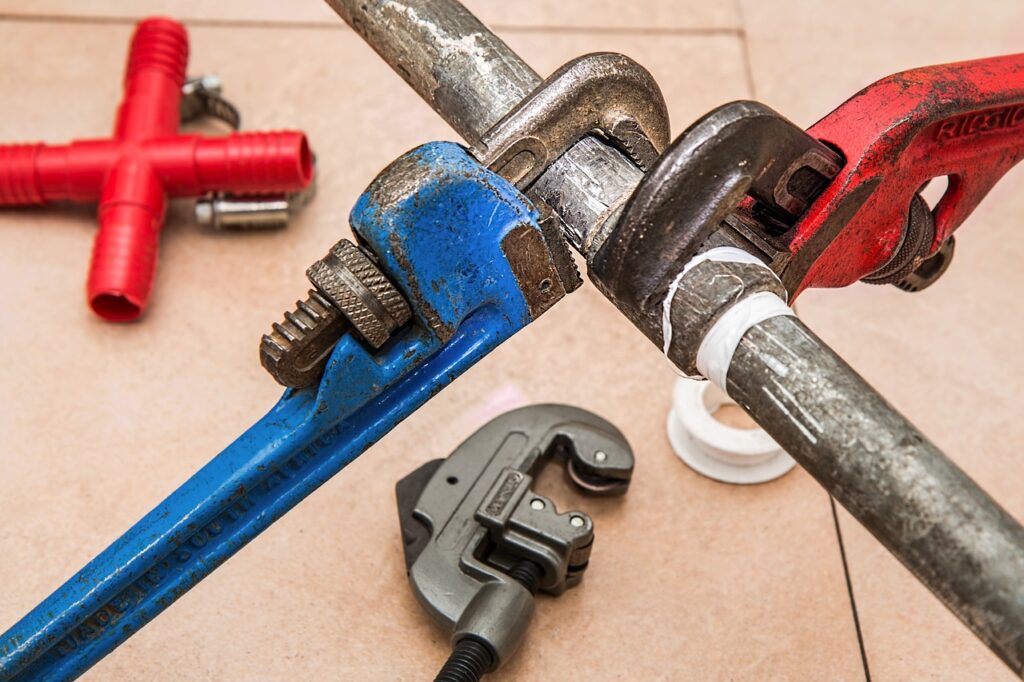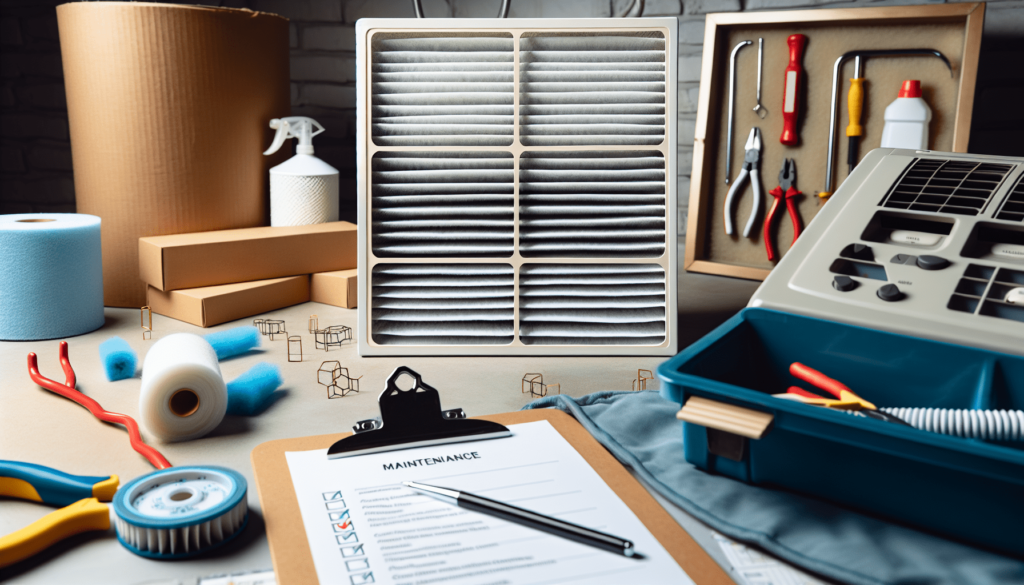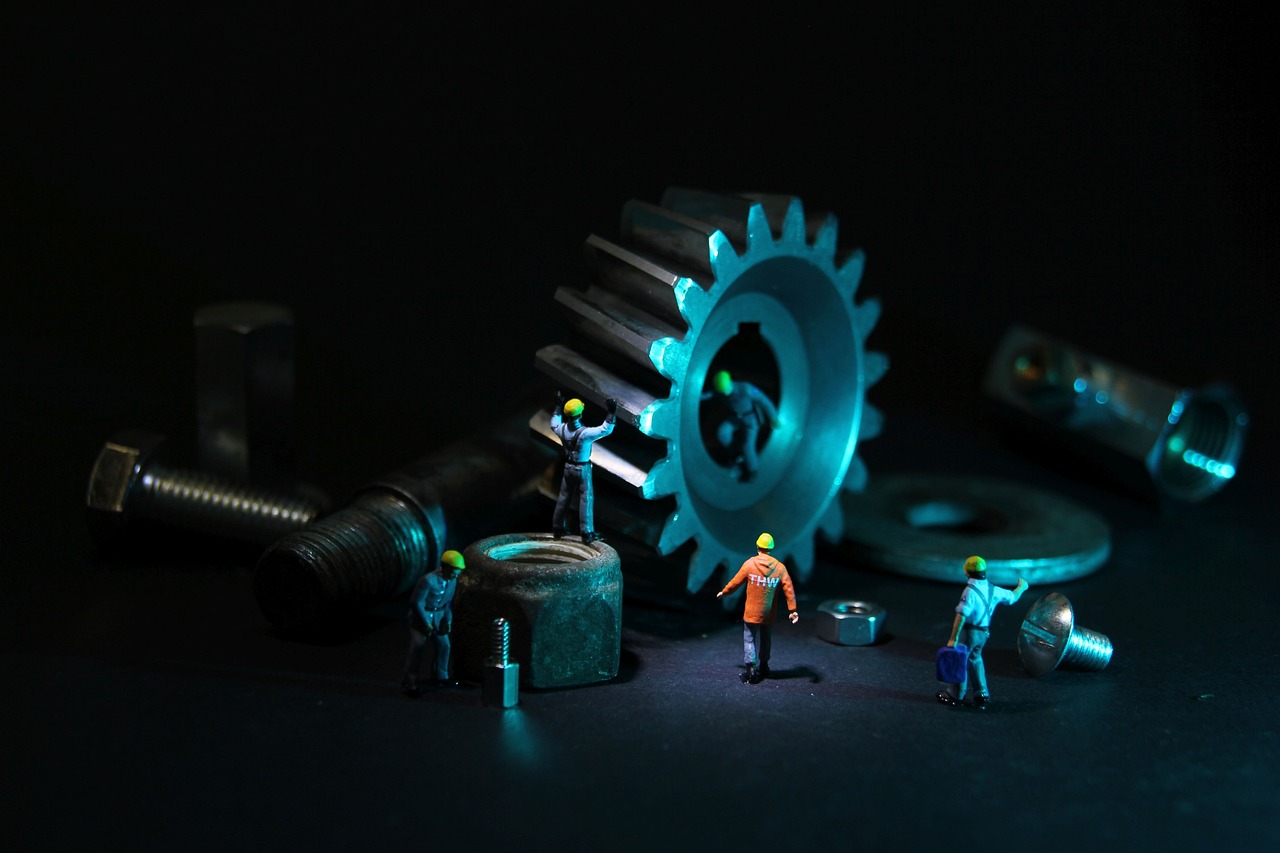In this article, you will learn about the essential A/C maintenance checklist that all homeowners should follow to ensure their air conditioning system runs efficiently and effectively. By regularly performing these maintenance tasks, you can prolong the lifespan of your A/C unit, improve indoor air quality, and potentially save money on costly repairs in the long run. From cleaning or replacing air filters to inspecting and cleaning coils, this checklist covers all the necessary steps to keep your A/C system in top condition. Whether you are a new homeowner or looking to improve your current maintenance routine, following this checklist will help you stay cool and comfortable during the hot summer months. Have you ever wondered how to properly maintain your air conditioning system to ensure it runs efficiently and effectively throughout the year? As a homeowner, it’s essential to stay on top of regular maintenance tasks to avoid costly repairs and keep your home comfortable. Follow this comprehensive A/C maintenance checklist to keep your system in top shape.

This image is property of pixabay.com.
Importance of Regular A/C Maintenance
Regular maintenance of your air conditioning system is crucial to ensure it operates efficiently, reduces energy consumption, and prolongs its lifespan. Neglecting maintenance can lead to decreased performance, higher energy bills, and potential breakdowns, especially during peak summer months. By following a maintenance checklist, you can catch small issues before they turn into major problems.
Increased Energy Efficiency
Maintaining your A/C system regularly ensures it operates at peak efficiency, reducing energy consumption and lowering your utility bills. Clean filters, coils, and ducts allow the system to function smoothly, resulting in better cooling performance without overworking the unit.
Extended Lifespan of the System
Proper maintenance not only improves the efficiency of your A/C system but also extends its lifespan. Regular check-ups, cleaning, and tune-ups help prevent wear and tear on the components, reducing the risk of major breakdowns and costly repairs in the future.
Seasonal A/C Maintenance Tasks
To keep your air conditioning system running smoothly year-round, it’s essential to perform specific maintenance tasks each season. Whether it’s inspecting, cleaning, or troubleshooting, staying proactive will help you identify any potential issues early on. Here’s an overview of the seasonal A/C maintenance tasks you should incorporate into your routine.
Spring A/C Maintenance
As the weather starts to warm up, it’s time to prepare your air conditioning system for the upcoming summer months. Spring maintenance tasks focus on cleaning, inspecting, and testing your A/C unit to ensure it’s ready to handle the hot temperatures.
Tasks for Spring A/C Maintenance:
- Clean or replace air filters
- Inspect and clean evaporator and condenser coils
- Check refrigerant levels and top up if needed
- Test thermostat and adjust settings as necessary
- Inspect outdoor unit for debris or blockages
- Schedule professional tune-up if required
Summer A/C Maintenance
During the peak summer months when your air conditioning system is working overtime, it’s crucial to stay on top of maintenance tasks to prevent breakdowns and ensure efficient operation. Regular maintenance will help your A/C system cope with the heat and humidity without straining itself.
Tasks for Summer A/C Maintenance:
- Monitor system performance and airflow
- Check and clean air vents and registers
- Ensure outdoor unit has proper airflow
- Inspect ductwork for leaks or damage
- Trim back vegetation around outdoor unit
- Schedule professional inspection if necessary
Fall A/C Maintenance
As temperatures start to drop and your A/C system gets a break from the constant cooling, it’s time to perform fall maintenance tasks to prepare for the colder months ahead. Fall maintenance focuses on cleaning, inspecting, and protecting your system for the offseason.
Tasks for Fall A/C Maintenance:
- Clean or replace air filters
- Inspect and clean ductwork
- Check for leaks in ducts and seals
- Cover outdoor unit to protect from debris and weather
- Schedule professional maintenance check-up
- Consider installing a programmable thermostat for energy savings
Winter A/C Maintenance
While your air conditioning system may not be in use during the winter months, it’s still essential to perform maintenance tasks to ensure it’s ready for the next cooling season. Winter maintenance involves checking, cleaning, and protecting your A/C system from the elements and potential damage.
Tasks for Winter A/C Maintenance:
- Clean or replace air filters
- Turn off power to the A/C unit
- Protect outdoor unit with a cover
- Inspect ductwork for leaks or damage
- Consider scheduling a professional tune-up for spring
- Review the previous year’s energy usage and make any necessary adjustments

This image is property of pixabay.com.
Essential A/C Maintenance Checklist
In addition to seasonal maintenance tasks, there are certain essential maintenance checks that you should perform regularly to keep your A/C system running smoothly. These checks focus on specific components of the system that require attention to ensure optimal performance and efficiency.
Air Filters
One of the most crucial maintenance tasks for your A/C system is to check and replace air filters regularly. Clogged or dirty filters restrict airflow, reduce efficiency, and strain the system, leading to increased energy consumption and potential damage.
Frequency: Check air filters monthly and replace them every 1-3 months, depending on usage and conditions.
How to Check: Locate the air filter in your system (usually near the air handler or furnace) and inspect it for dirt, dust, or debris. If the filter looks dirty or clogged, replace it with a new one of the same size and type.
Evaporator and Condenser Coils
The evaporator and condenser coils in your A/C system play a vital role in the heat transfer process, absorbing and releasing heat to cool the indoor air. Over time, these coils can become dirty or coated with debris, affecting efficiency and cooling capacity.
Frequency: Inspect and clean evaporator and condenser coils annually or as needed.
How to Check: Turn off power to the A/C system and locate the evaporator and condenser coils. Use a soft brush or vacuum to remove dirt, dust, or debris from the coils, being careful not to damage the fins.
Refrigerant Levels
Proper refrigerant levels are essential for the cooling process in your A/C system, allowing heat to be absorbed and transferred efficiently. Low refrigerant levels can lead to poor cooling performance, higher energy consumption, and potential damage to the compressor.
Frequency: Check refrigerant levels annually or as needed, especially if you notice a decrease in cooling capacity.
How to Check: Monitor the refrigerant levels using a pressure gauge or consult a professional HVAC technician to check and top up the refrigerant if necessary.
Thermostat Settings
The thermostat controls the temperature settings in your home and regulates when the A/C system turns on and off. Incorrect settings or a malfunctioning thermostat can lead to uneven cooling, higher energy bills, and unnecessary strain on the system.
Frequency: Test and adjust thermostat settings seasonally or as needed to maintain comfort and efficiency.
How to Check: Turn on the A/C system and monitor the thermostat settings to ensure they correspond to the desired temperature. Calibrate or replace the thermostat if it’s not functioning correctly.
Air Ducts and Vents
The air ducts and vents in your home distribute cooled air from the A/C system to different rooms, ensuring consistent and even cooling throughout the house. Clogged or leaky ducts can reduce airflow, decrease efficiency, and compromise indoor air quality.
Frequency: Inspect and clean air ducts and vents annually or as needed to maintain proper airflow and efficiency.
How to Check: Check for signs of leaks, blockages, or damage in the ductwork and vents. Seal any leaks with duct tape or mastic and clean vents regularly to eliminate dust and debris.
Outdoor Unit
The outdoor unit of your A/C system houses the compressor and condenser coils, responsible for releasing heat absorbed from the indoor air. Keeping the outdoor unit clean and free of debris ensures proper airflow and efficient operation of the system.
Frequency: Inspect and clean the outdoor unit seasonally or as needed to prevent blockages and damage.
How to Check: Remove any debris, leaves, or vegetation around the outdoor unit and ensure there’s at least 2 feet of clearance on all sides for proper airflow. Rinse the unit with a hose to remove dirt and grime.
Professional Maintenance
While many A/C maintenance tasks can be performed by homeowners, it’s essential to schedule regular professional maintenance checks to ensure your system is in top condition. HVAC technicians have the expertise and tools to perform comprehensive inspections, tune-ups, and repairs that can extend the life of your A/C system.
Frequency: Schedule a professional A/C maintenance check-up annually or as recommended by your HVAC technician.
What to Expect: During a professional maintenance visit, a technician will inspect, clean, and test various components of your A/C system, including coils, filters, refrigerant levels, and electrical connections. They will also identify any potential issues and recommend repairs or replacements as needed.

This image is property of pixabay.com.
Conclusion
Maintaining your air conditioning system is a crucial responsibility for homeowners to ensure comfort, efficiency, and longevity of the equipment. By following a comprehensive A/C maintenance checklist and incorporating seasonal tasks into your routine, you can keep your system running smoothly year-round. Regular maintenance not only reduces energy consumption and prevents breakdowns but also extends the lifespan of your A/C system, saving you time and money in the long run. Stay proactive, stay cool, and enjoy a comfortable home environment with a well-maintained air conditioning system.


